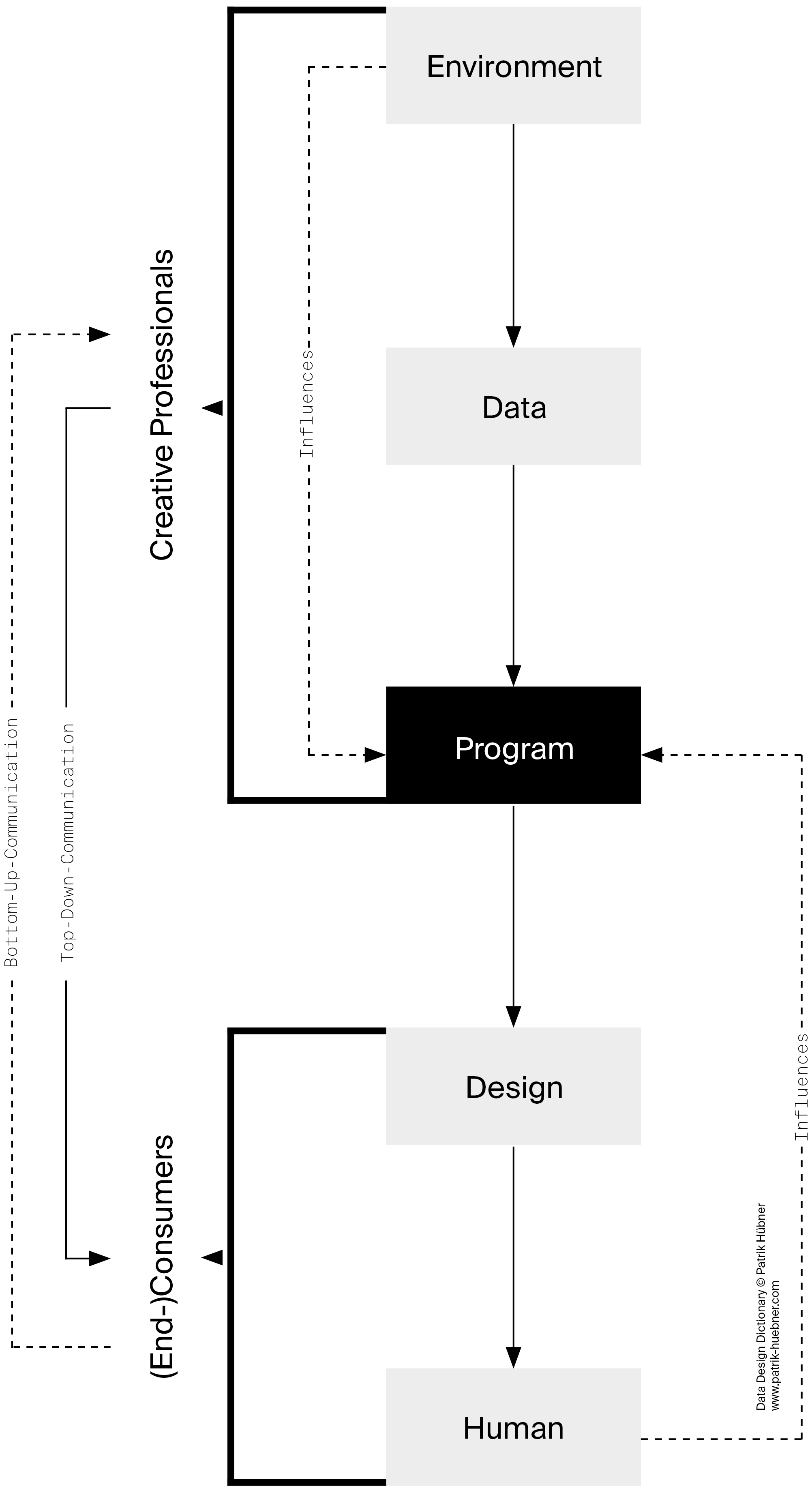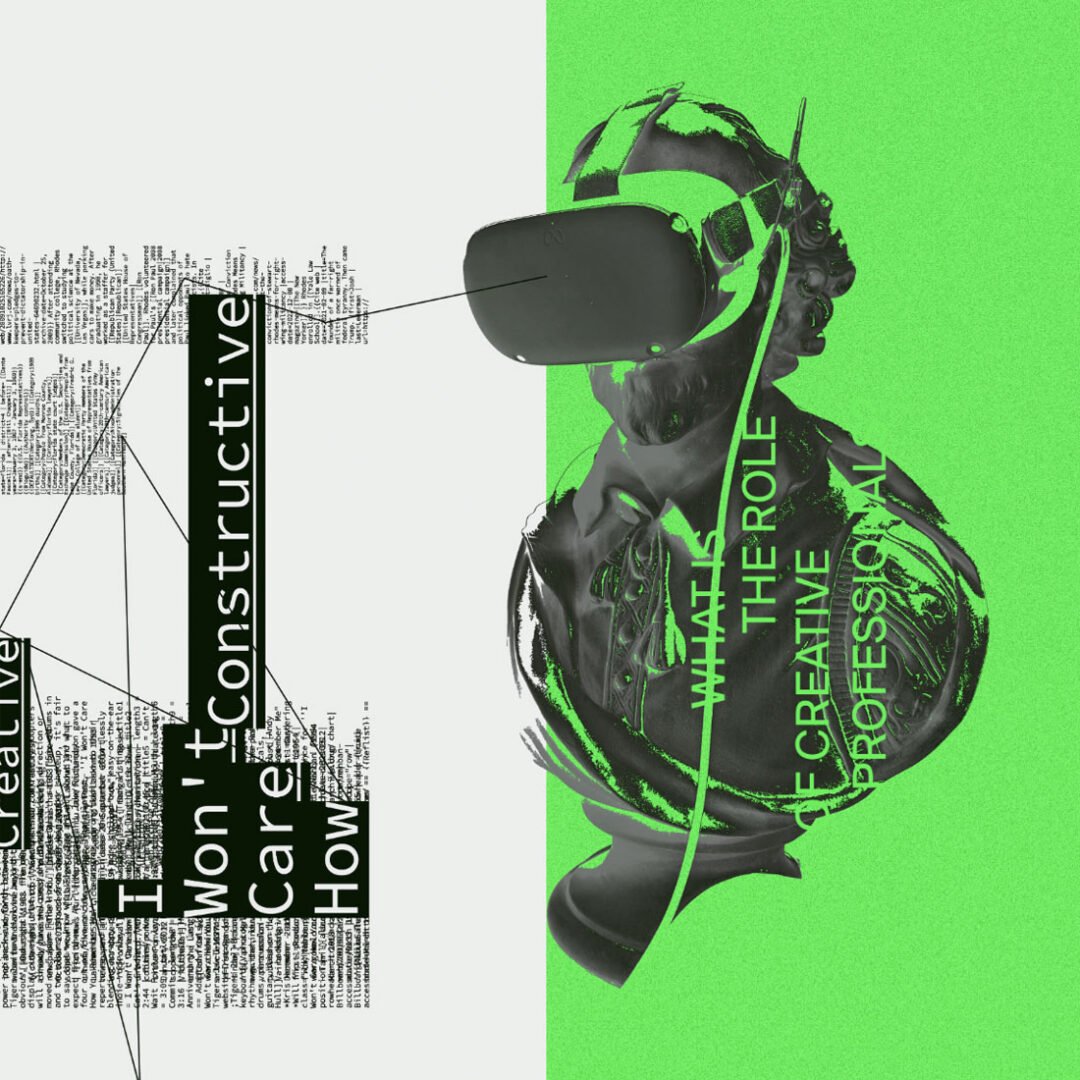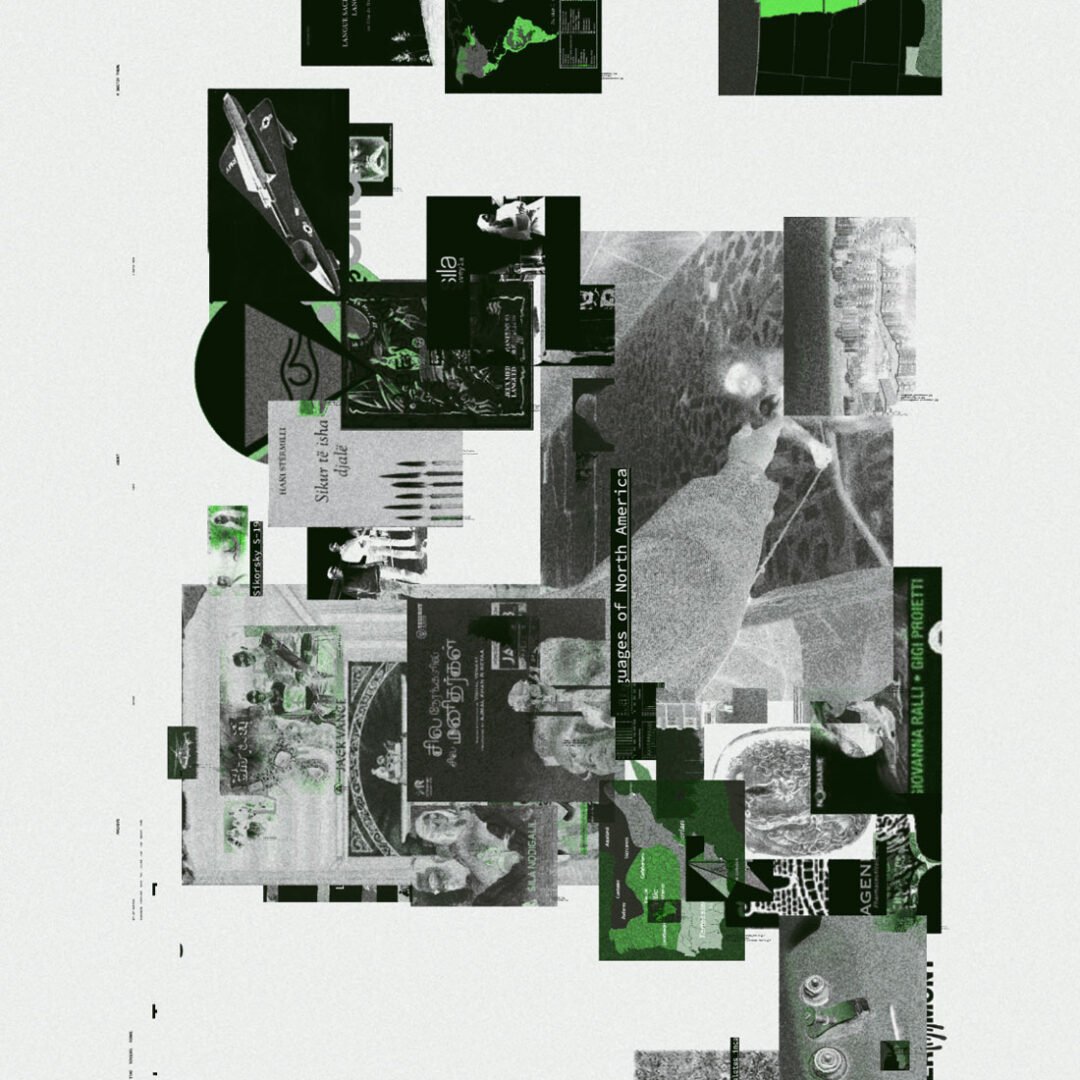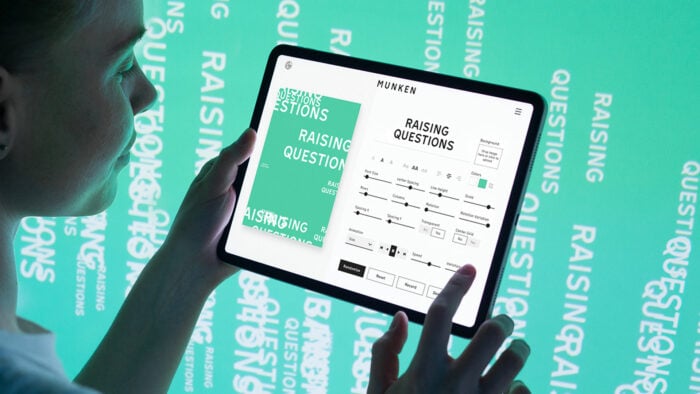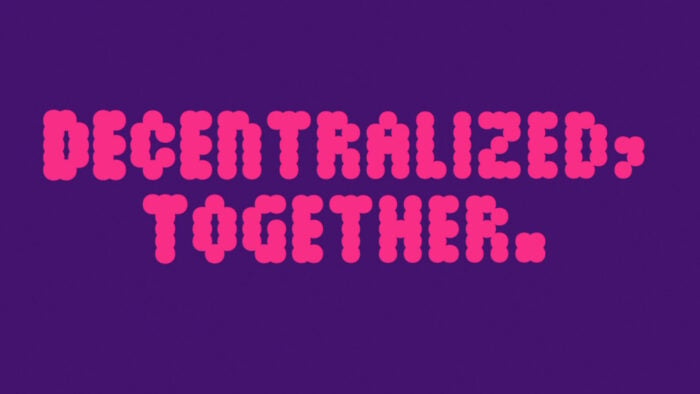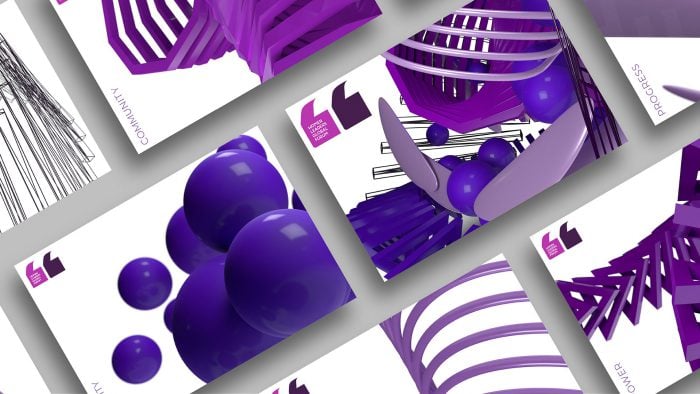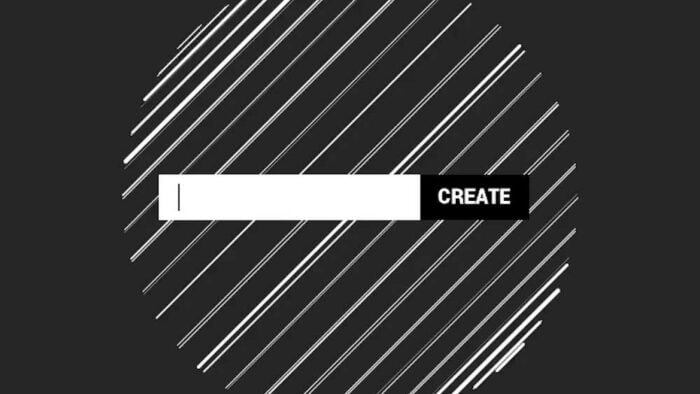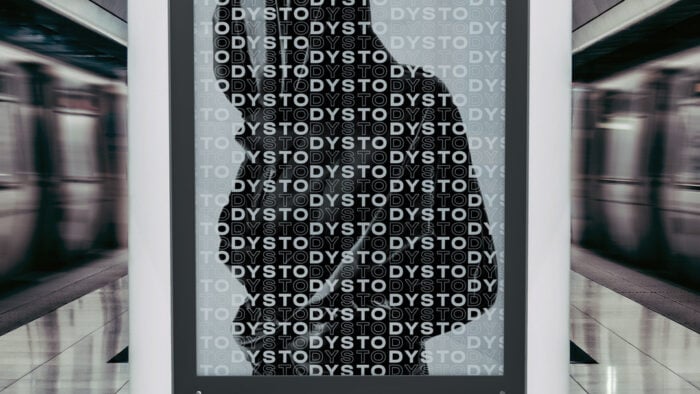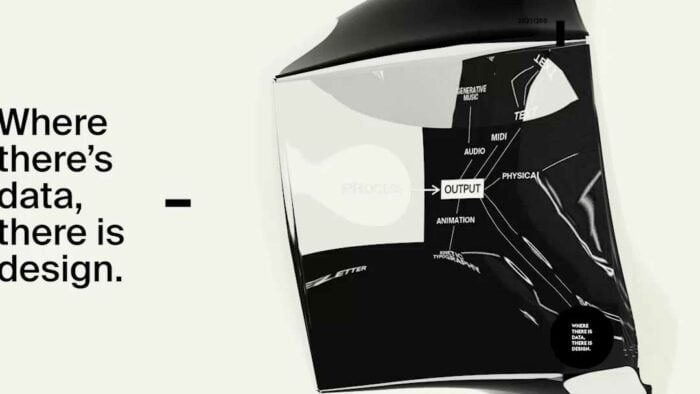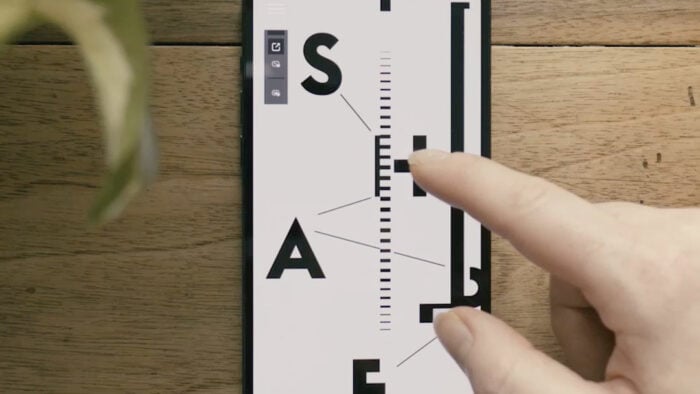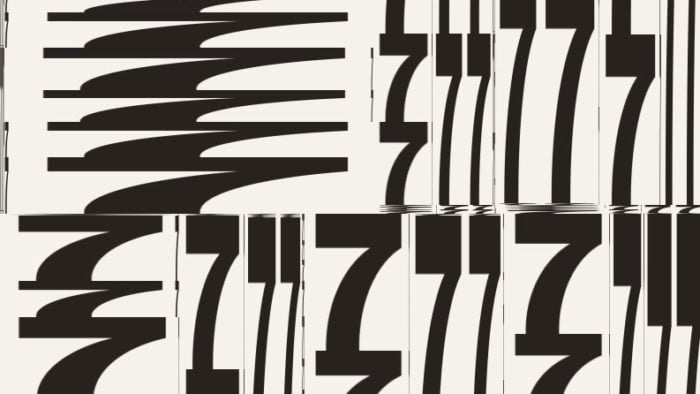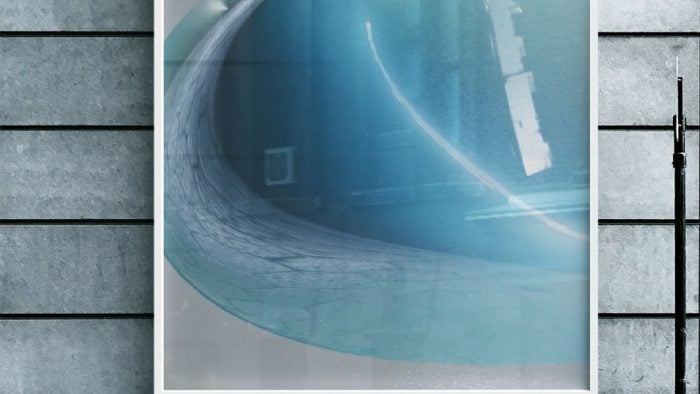What is a Loop?
Data-Design Dictionary
A dictionary to illuminate data-driven generative design and creative coding.
The process of generative design begins with an abstract idea that, expressed through rules, is translated for the computer to generate a desired form from a set of data. This form can then come back to the human in a kind of feedback loop, giving him the opportunity to evaluate it, and then iteratively (a process of repetition in which only slight changes are made) redesign or modify it again via adapted rules.
This process is exemplified by a loop, which is a repetitive loop that continues until the program is completed. The loop is central to a program and causes the program’s algorithms to execute continuously until a certain state is reached. If the loop is terminated, the program is also terminated at the same time.
In the sense of morphogenesis, the program creates form from data through its cyclical functioning in a loop. The components of this loop are always the same and can be described very simply: At the beginning there is data as input. This data is processed by the program. At the end is the form as output – an approach described as the “input/output”-model.[1]
